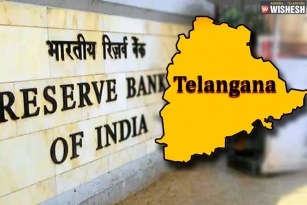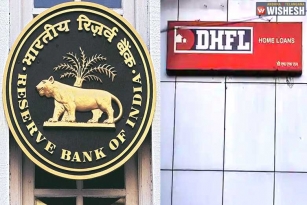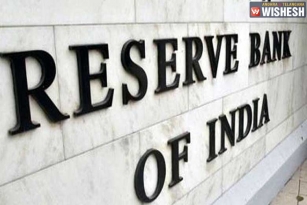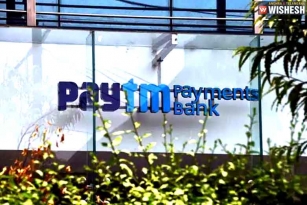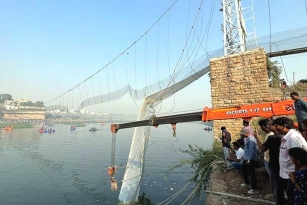
The Reserve Bank of India (RBI) on Wednesday announced it would withdraw all currency notes issued before 2005, including those having higher denominations of Rs 500 and Rs 1,000 after March 31st. This move of RBI is aimed at such rationalization to ensure that later versions with enhanced security features remain in circulation and general emphasis to wean people away from using cash to cards or bank-based transactions. “Public can easily identify the notes to be withdrawn as the notes issued before 2005 do not have on them the year of printing on the back side,” said RBI in a statement.
However RBI is unclear about the legality of these notes and has advised to exchange the public for new notes but should not be used for transactions from April 1. After April 1, people will need to approach scheduled commercial banks to exchange these pre-2005 notes.
From July 01, 2014 to exchange more than 10 pieces of 500 and 1,000 rupee notes, non-customers will have to furnish proof of identity and residence to the bank branch in which she/he wants to exchange the notes. RBI also requested the public not to panic in this matter and appealed them to co-operate in the withdrawal process .
There were 4,299 million pieces of 1,000 rupee notes valued at Rs 4,29,900 crore in circulation during 2013. This is 36.9 per cent of the total value of notes in circulation. The number of 500 rupee notes were 10,719 million valued at Rs 5,35,900 crore, which is 46 per cent of the value of total notes in circulation. India has the highest amount of cash in circulation among the major economies of the world.
But one wonders why is RBI withdrawing these notes ? Some claim that it will bring out the black money that was hidden by so called Swiss bank account holders and the second is it will eradicate the fake currency which posing a serious threat. Most of the black money that is lying down will be in 500 and 1000 Rupee notes as they occupy less space. This enables RBI to trace the people who exchange huge number of these two notes. And accordingly RBI can take actions against the illegal money.
The second strategy also works as banks have machines that easily identifies fake notes and any person who is liable of producing fake notes at banks will be questioned. Not a problem for common public who are not involved in such activities but certainly it will decrease the ratio of fake currency.



















